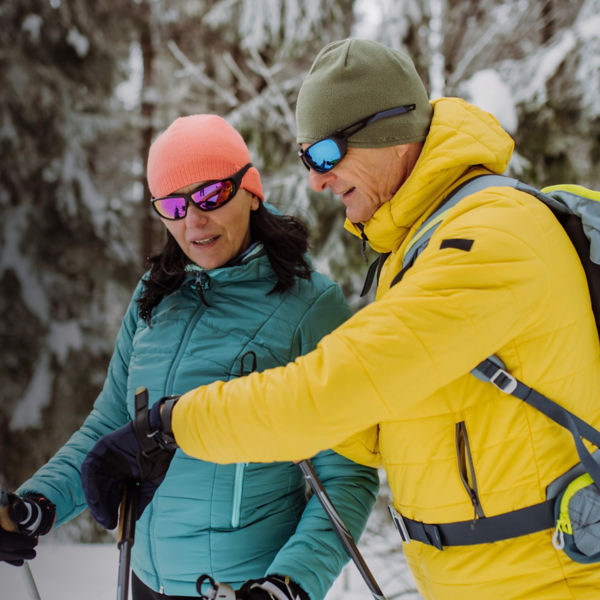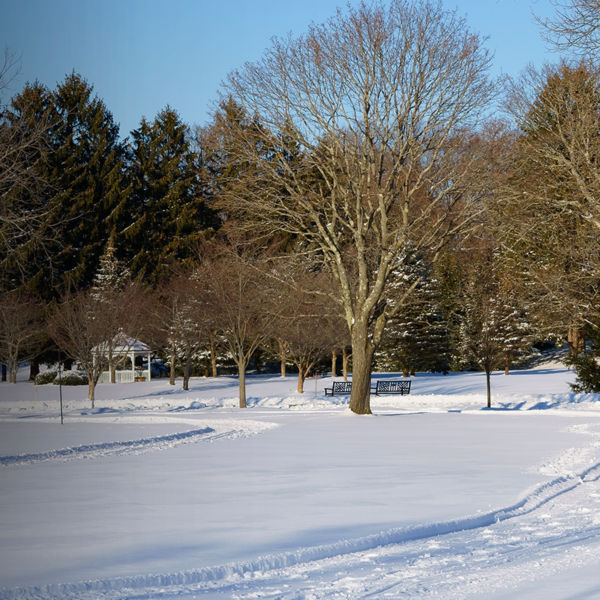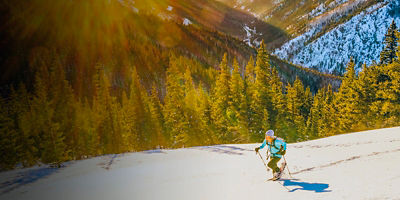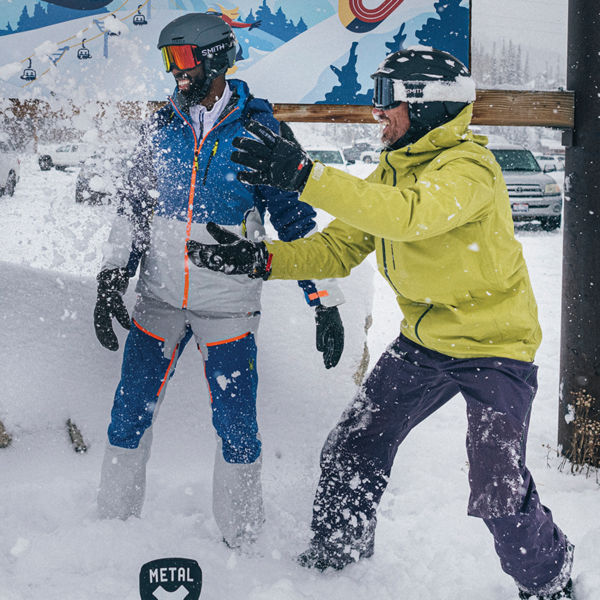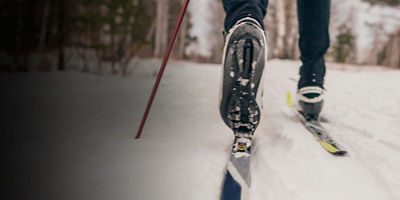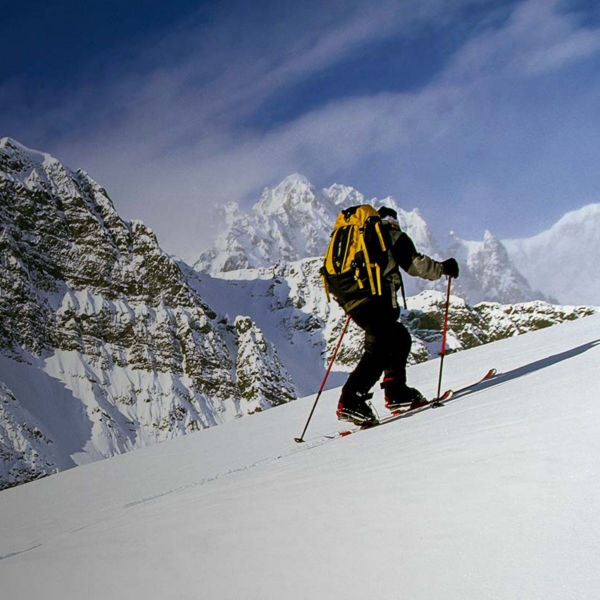
Whether you’re chasing storms alone at a moment’s notice or pre-booking flights for the entire family a year in advance, your ski vacation plans will boil down to an inevitable choice: Rent gear upon arrival, or travel with your skis or snowboard in tow. For the sake of familiarity with equipment, it can often be easier to deal with the logistics of the latter, carrying your packed-up ride and, thus, handling the gear-hauling headaches before getting to the ski hill. That way, upon arrival, you can get the ski-hill goods sooner. But that choice to bring your own gear also means carrying your own gear—and a lot of it, factoring other compatible hard goods like boots, poles, and helmets—while you’re in transit. Fortunately, a few of the following tips can make the travel process of flights and shuttle transportation a lot easier, and help you save your energy for the mountain.
Consider renting
Forewarning: Don’t make that initial choice to travel with your skis and snowboards if your gear is old and suspect, or if it’s cost-prohibitive to pay airlines’ extra baggage fees. Consider the cost of renting once you arrive. When you weigh it all in, and count airline fees and travel hassle, sometimes it can be worth it. And you’ll often end up on better, more current gear than your own. Check with the resort, local shops at your destination and even such services as Black Tie Ski Rental and Ski Butler, which deliver right to your accommodations. Hint: Consider just bringing your own boots (and helmet), and picking up skis and poles and/or board once you arrive.
Get a ski or snowboard bag
If you are bringing your equipment, you’ll need a ski or snowboard bag, which makes traveling and checking your gear much easier. Most airlines let you check a ski or snowboard bag as one normal-sized piece of luggage (though, some airlines have specific rules). The good news: Generally, most airlines consider a ski bag and a boot bag together to be one item (as long as they don’t weigh more than 50 pounds total). Check your airline’s policy beforehand.
Types of ski/snowboard bags
Ski and snowboard bags range from basic, nylon zip-up bags to padded, elongated duffels with extra pockets, to hard-shell cases. Most have evolved from the long, skinny non-padded bags of yesteryear to shorter, wider bags that can also fit such other gear as ski outerwear, helmets and accessories. Snowboard bags are generally shorter and wider—capable of even fitting boots and clothes for your trip. Hint: Get a wheeled ski or snowboard bag; they’re easier to lug through airports and hotels and have more room for other gear. Double ski-roller bags let you carry two pairs of skis and even more gear. Roller bags for snowboards are generally larger and even more convenient (at least to pack and hold all your stuff).








